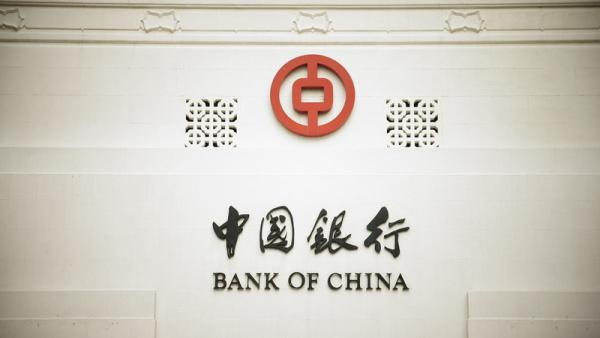What China is banking on

James Laurenceson, Deputy Director, Australia-China Relations Institute, University of Technology Sydney |
This article appeared in The Australian Financial Review on July 29 2015.
Two big questions have come out of the wild gyrations in China’s stock market over the past weeks.
The first is how the real economy will be affected. While there were some initial fears that China’s “1929 moment” had arrived, cool heads prevailed. The financial system remains bank-based. Stocks make up just over 10 percent of household wealth and account for less than five percent of firm financing.
The other is that even serious commentators wondered what the response of the government to the market panic really meant.
Some of the interventions may have been clumsy. But if they signalled a deeper distrust of markets and the stalling of financial sector reform, then that really would be serious.
But trying to gauge the appetite for reform by looking at the stock market makes the same mistake that excited commentary made in the first place: it’s the banking sector that matters.
In banking there is no more ambitious reform than liberalising interest rates.
It’s been a hard nut to crack, not least of all because of the vested interests involved. Interest rates in the past were fixed at below market levels. This meant that state-owned enterprises (SOEs) got to enjoy an abundant supply of cheap credit.
Yet controls on lending rates were abandoned in 2013. Then in November last year banks were given flexibility to offer up to 1.2 times the official deposit rate. That quickly increased to 1.3 times in February and then 1.5 times in May. Now there’s growing confidence that all interest rates will be marketdetermined by the end of the year.
Savers have also benefited from the introduction of wealth management products (WMPs). These offer a fixed return like bank deposits but at a higher rate. Last month research by the Reserve Bank of Australia said that in 2010 the value of WMPs outstanding stood at just over RMB3 trillion ($.7 trillion). By the middle of 2014 this had exploded to more than RMB17 trillion.
Outdated administrative rules that prevent banks from responding to market conditions are also being erased. The State Council said last month that it would remove a twenty year old article in the banking law that prevents banks from lending more than 75 percent of their deposits.
Critics point out that China’s largest banks remain majority state-owned. But rather than selling assets, Beijing’s preferred approach to improving efficiency has always been to ramp up competition.
We are now starting to see in banking what we saw in manufacturing in the early 1980s. Last year the banking regulator approved a trial of five privately-funded banks. In January Premier Li Keqiang personally took the opportunity to launch one of the new entrants, a venture backed by internet giant, Tencent.
Important changes are also taking place at the system level. In May China’s central bank launched a deposit insurance scheme, a key step in dealing with the risks that can come from a deregulated banking environment.
China’s banks are now more connected to the international financial system than ever before. This is being done with an eye on ensuring that the RMB is accepted as a reserve currency by the International Monetary Fund (IMF) in a review scheduled for November. In 2010 the IMF rejected the RMB on the basis that it was not “freely usable” for both cross-border trade and investment purposes. But a majority of economists polled by Bloomberg last month said that enough has now changed for it to qualify.
China’s commitment to economic reform is driven by pragmatism. If growth of around seven percent is to be sustained, then markets will need to play a greater role. What’s happening in banking appears a case in point.
Author
Professor James Laurenceson is Deputy Director of the Australia-China Relations Institute at the University of Technology Sydney.

